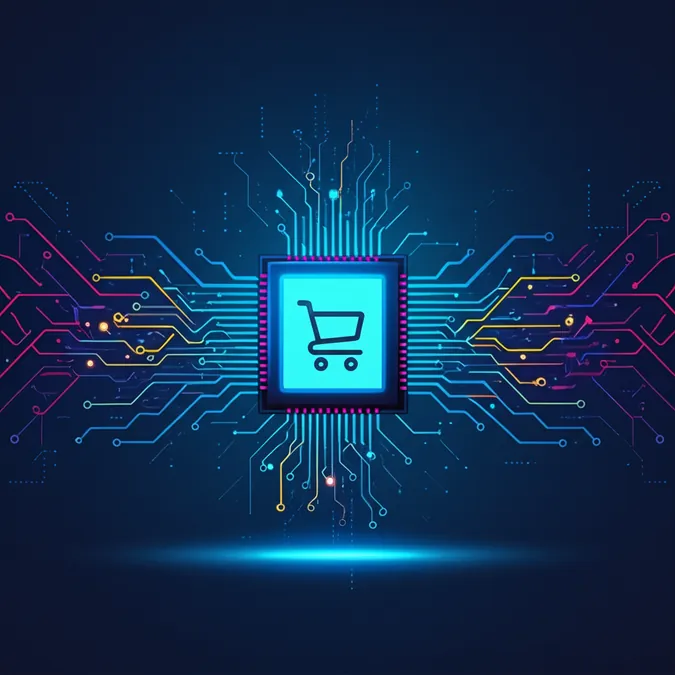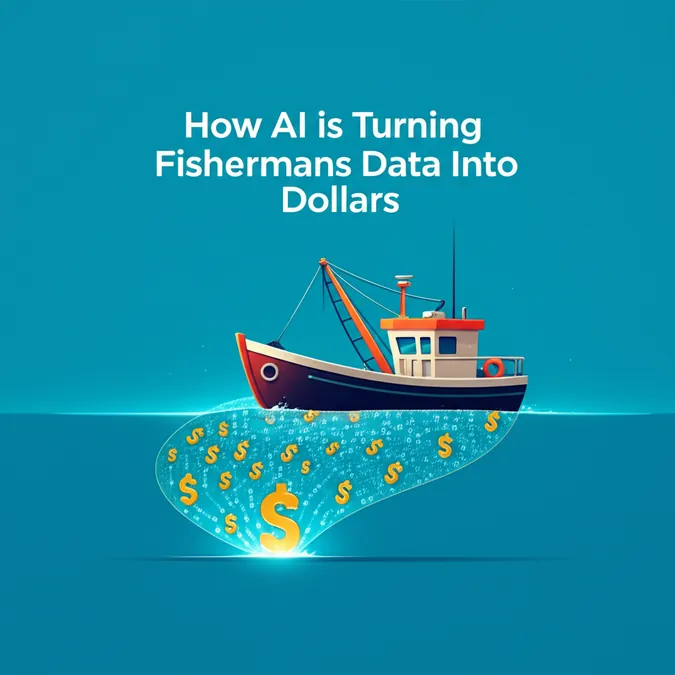Artistic Photography Navigates The AI Revolution
The AI Disruption in Photography
The world of artistic photography is currently navigating a wave of disruption caused by artificial intelligence. Recent debates have ignited the community after AI-generated images were shortlisted or won prestigious photography awards, only to be withdrawn later. In one notable case, a well-known photographer shared an AI image without any disclosure, misleading audiences into believing it was a genuine photograph. These events have cast a shadow of skepticism over the art form, forcing a conversation about truth, value, and the very definition of artistic creation in our technological age.
Unlike photojournalism, which is bound by the rules of accuracy and capturing a specific moment, artistic photography has always been a space for experimentation and breaking conventions. However, it is this creative freedom that makes the use of AI a complex issue, demanding an even greater commitment to honesty from creators.
A Community Divided The Debate Over AIs Role
These concerns were a central topic at the “Solutions for Increasing the Number of High-Quality Art Photographs” seminar, organized by the Viet Nam Association of Photographic Artists in late 2023. Speakers like photographer Ly Hoang Long and critical theory researcher Tran Quoc Dung acknowledged the immense creative potential of AI. At the same time, they issued a stark warning about its capacity to erode the core values of photography, emphasizing the need to create a clear distinction between AI-generated visuals and traditional photographic work.
To be clear, AI isn't entirely new to photography. For years, it has been integrated into editing and restoration software. A PetaPixel survey revealed that over 65% of commercial photographers already use AI tools in their post-production workflow. The game-changer is generative AI, which can craft a visually perfect image—complete with ideal composition, lighting, and emotional depth—from a simple text prompt, no camera or physical subject required.
Is It Art If a Human Didnt Create It
While these AI-generated visuals have their applications, a strong consensus is forming among many photographers: they should not be classified as photography. Photographer Le Viet Khanh argues that a photograph is more than just a surface image; it is a vessel for emotion, deep thought, and the lived experiences of both the artist and the subject. It’s a connection to real people and places that the photographer wants to share.
Echoing this sentiment, photographer Huynh Van Truyen adds that while AI can be a powerful tool for creating abstract concepts or advertising graphics, transparency is non-negotiable. He stresses that artists must clearly disclose the use of AI when presenting such work to the public.
Navigating the Legal and Ethical Gray Zone
Beyond the philosophical debate, the rise of AI brings significant legal and ethical challenges, particularly concerning copyright. Generative AI models are “trained” on vast datasets of millions of images scraped from the internet, many of which are the copyrighted property of photographers and organizations. This practice raises serious questions about copyright infringement, as original works are used as training input without the consent of their creators.
Globally, lawsuits and intense debates are underway to address the complexities of AI-generated works and secondary copyright. This highlights an urgent need to update legal frameworks to account for AI's influence on the arts. In Viet Nam, the Law on Intellectual Property does not yet have specific provisions for works created by artificial intelligence, leaving a significant legal vacuum.
Forging a Path Forward Amidst Technological Change
With AI-generated images becoming increasingly difficult to distinguish from real photos, and with laws yet to catch up, some arts organizations in Viet Nam are taking proactive steps. The organizers of the 2024 Viet Nam Art Photography Exhibition, for instance, have announced that they will not accept any works that involve the use of AI.
However, enforcement is a challenge. Tran Thi Thu Dong, Chairwoman of the Viet Nam Association of Photographic Artists, admitted that many experienced practitioners and even jury members lack a deep understanding of AI, making the evaluation process difficult.
Visual artist and lecturer Nguyen The Son believes that AI's integration into photography is inevitable. “Some countries have already accepted this and are holding exhibitions exclusively for AI photography,” he notes. He suggests that incorporating AI into art education is crucial to help the next generation of photographers understand and use the technology responsibly.
This sentiment is underscored by a powerful statement from the government:
Machines can help humans create faster and with better quality, but they cannot replace the artist’s emotions and heart.
Deputy Minister of Culture, Sports and Tourism Ta Quang Dong
Ultimately, the beauty of photography is found not just in the final image, but in the journey—the photographer's quest to find and capture a fleeting moment. Protecting transparency in the age of AI isn't about resisting progress. It is a vital effort to preserve the fundamental values of art: creative fairness, the trust of the audience, and the integrity of a medium rooted in the human experience.


